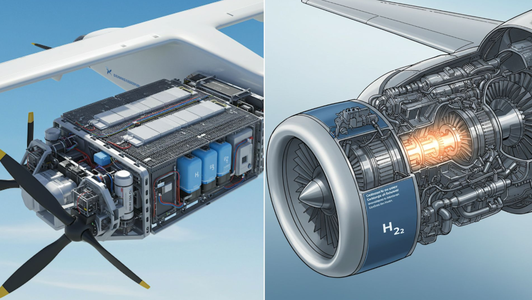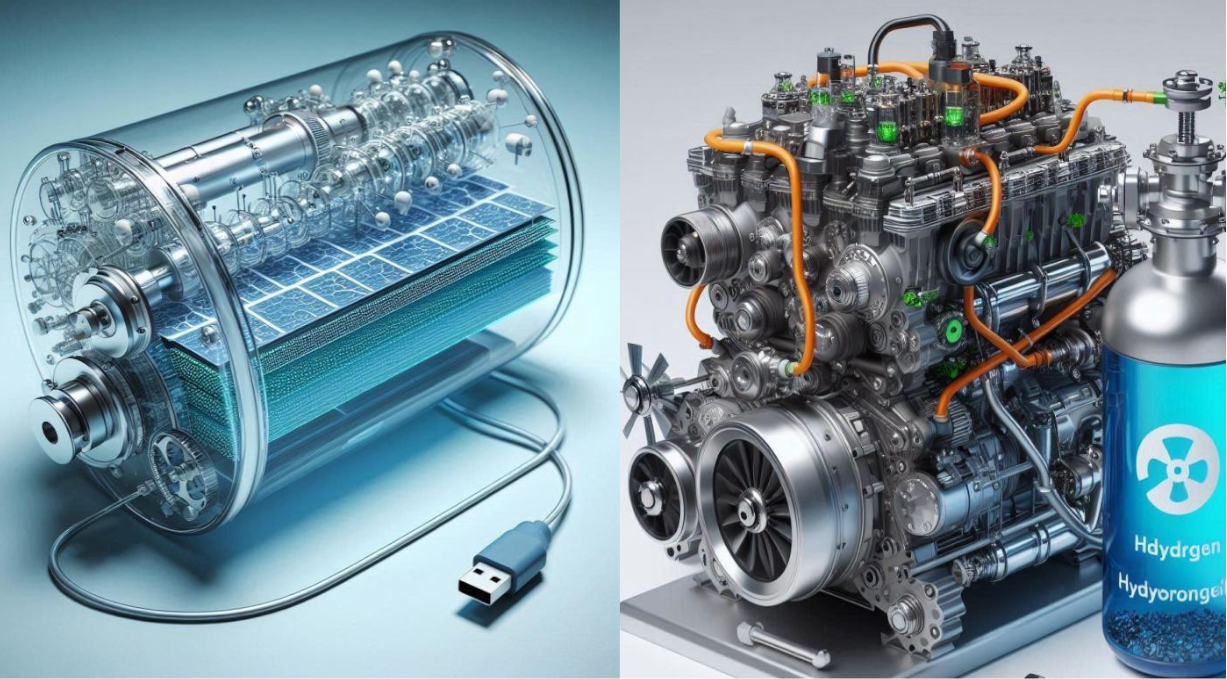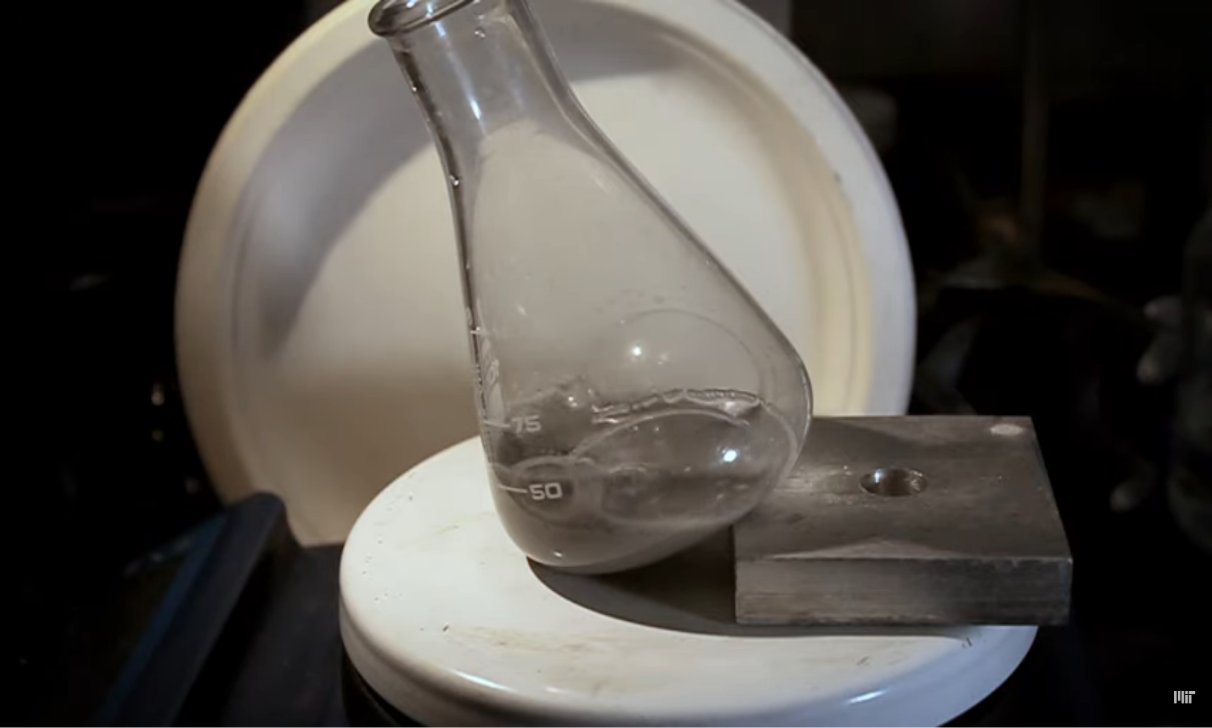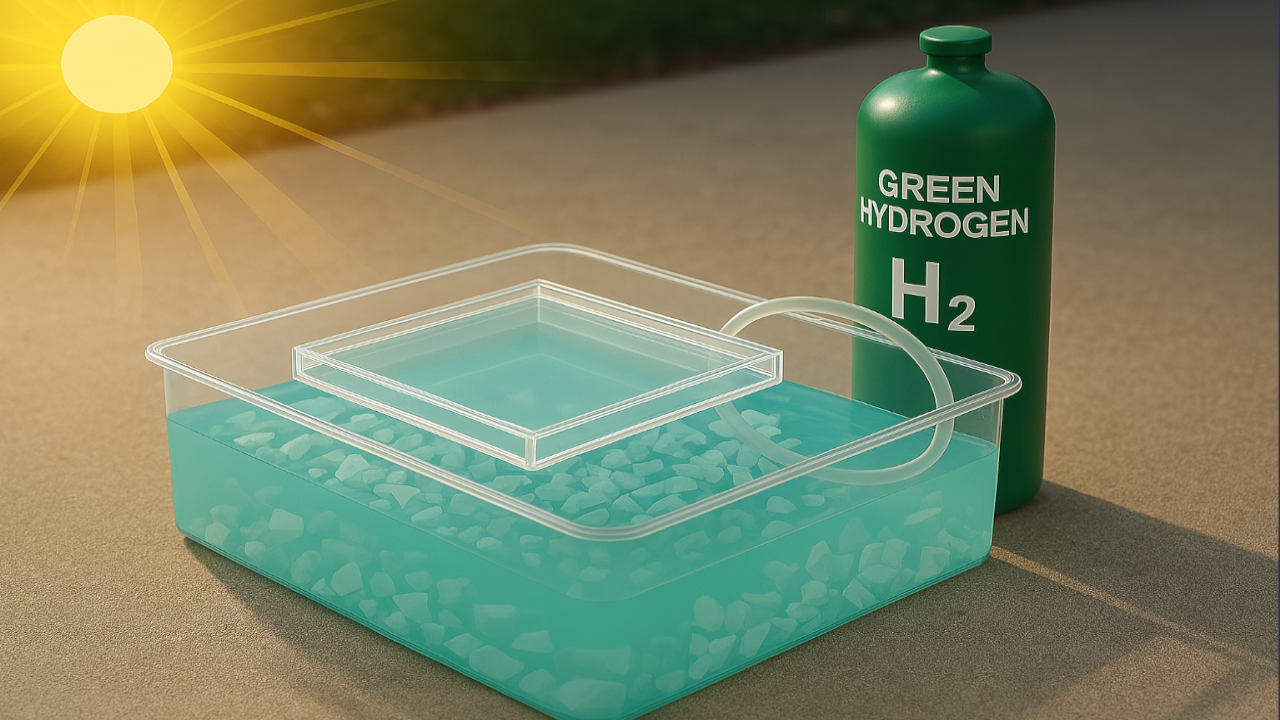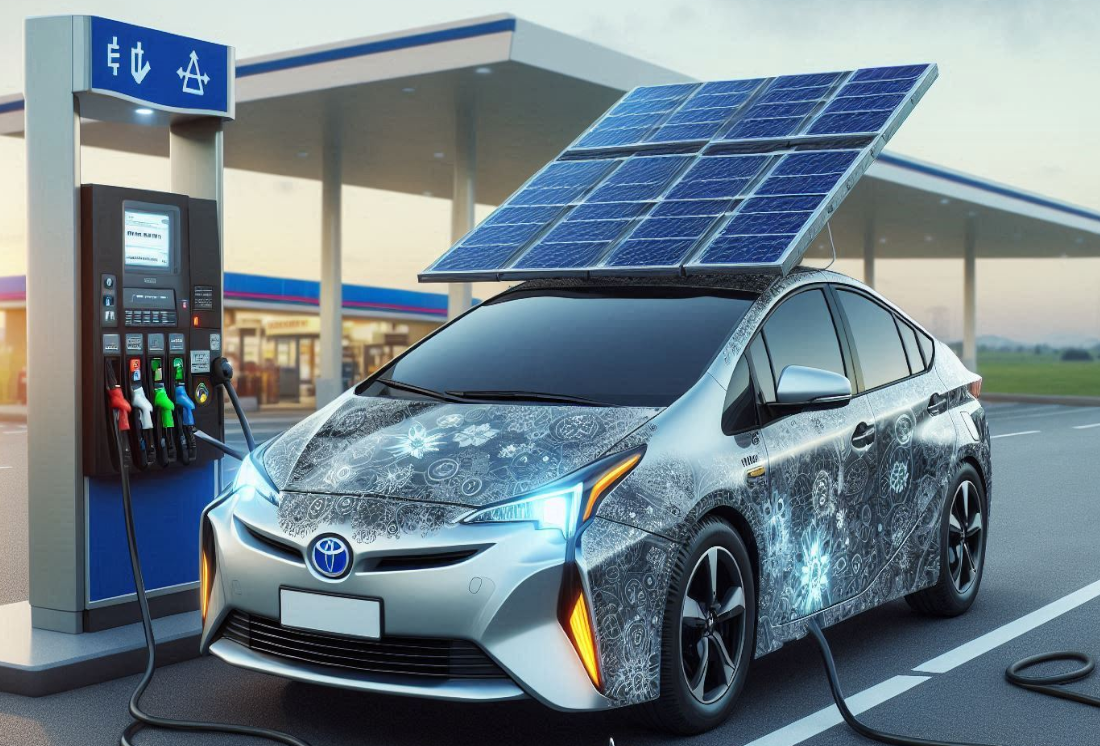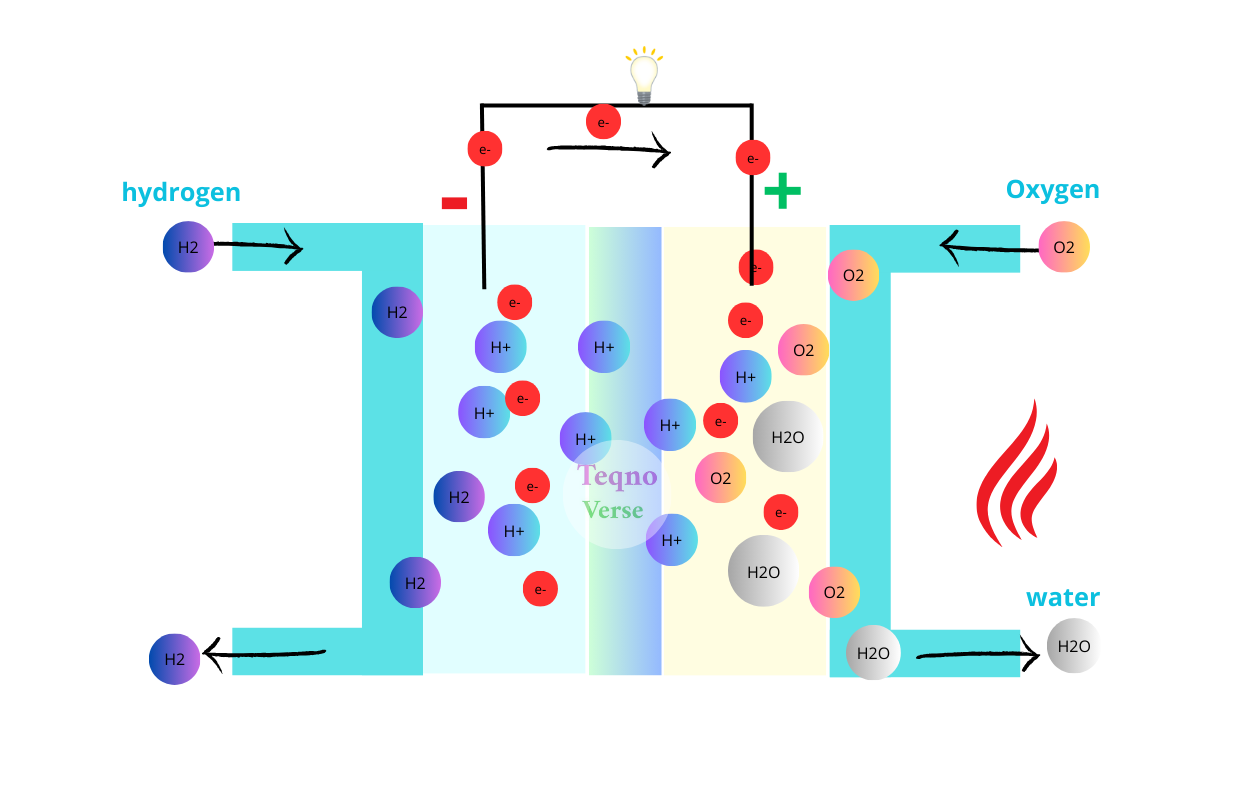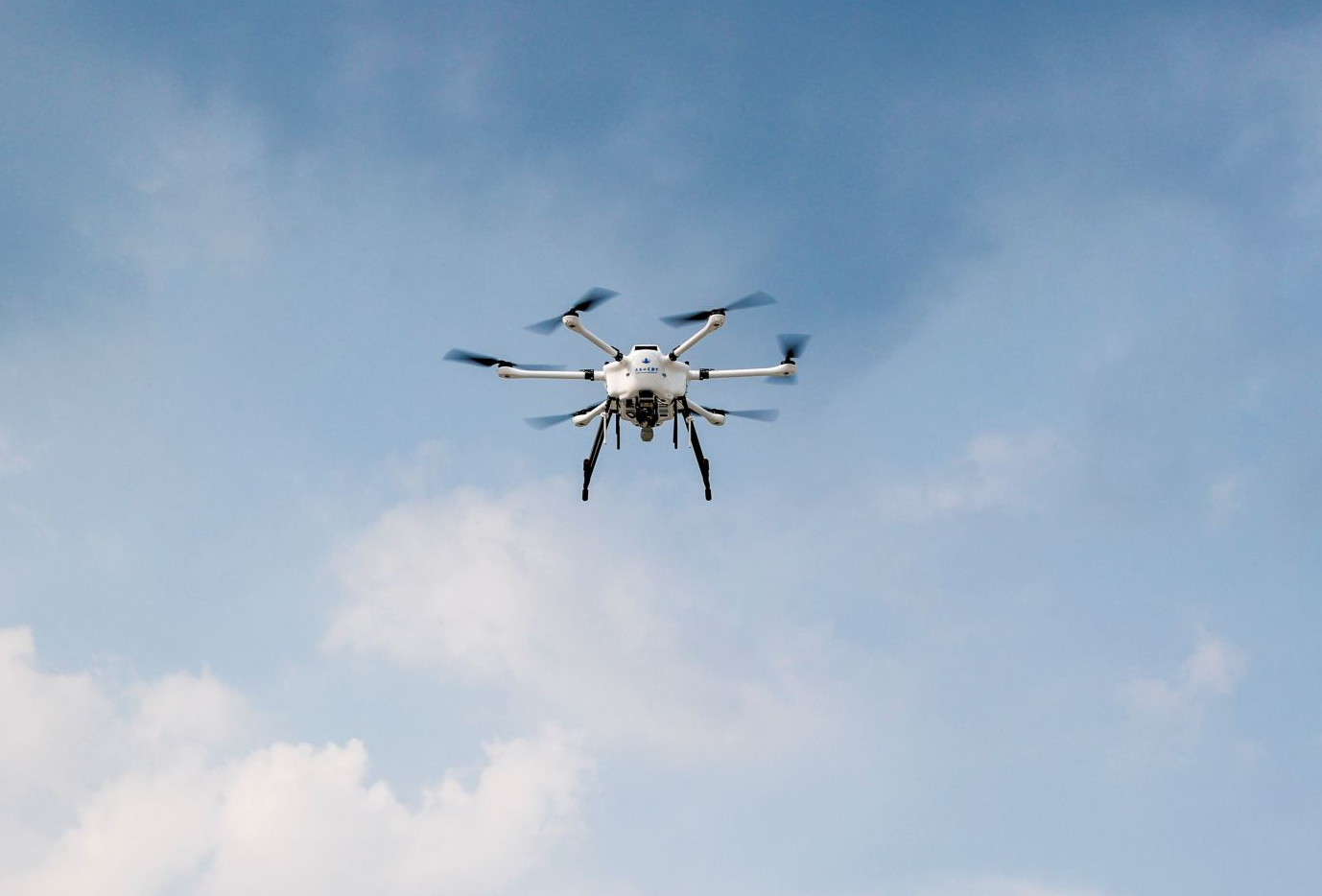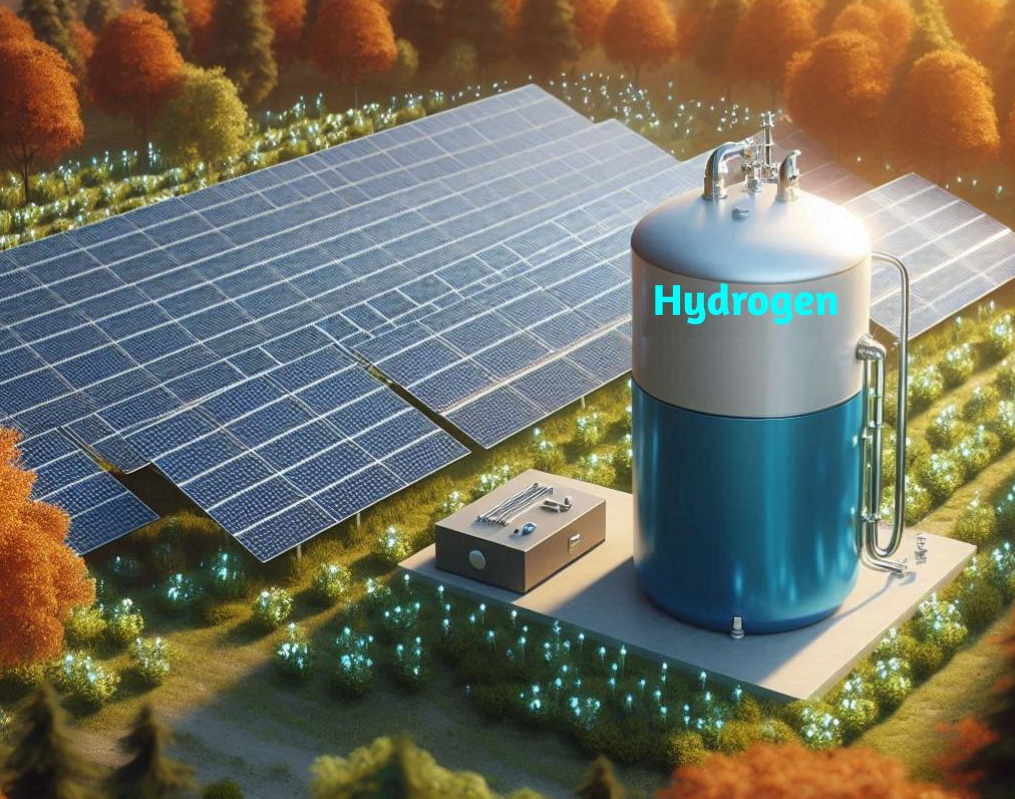The aviation industry is at the forefront of adopting advanced technologies to enhance sustainability and efficiency. One of the most groundbreaking innovations is the use of hydrogen as an alternative to traditional jet fuel.
Hydrogen not only presents a less polluting option, but it is also the most abundant and lightest element in the universe. Its remarkable versatility in energy conversion makes it ideal for a variety of aviation applications, whether they demand high levels of quiet operation or substantial thrust.
Hydrogen-powered aircraft can be broadly classified into two main types based on their energy generation systems: hydrogen fuel cell aircraft and hydrogen combustion engine aircraft. Here’s a breakdown of their key characteristics:
1- Hydrogen Fuel Cell Aircraft
These aircraft utilize electrochemical cells to convert hydrogen fuel directly into electricity, which powers electric motors that drive the aircraft’s propellers. These cells offer a significant efficiency advantage, reaching up to 60%. This means that 60% of the hydrogen’s energy is converted into electricity, with the remainder lost. This is considerably higher than the efficiency of kerosene combustion, which typically ranges from 30–45%.
In addition to their efficiency, they operate quietly with low noise levels and are environmentally friendly, producing zero harmful emissions, with only water vapor as a byproduct of the reaction within the cell.
2- Hydrogen Combustion Aircraft
Similar to jet engines, hydrogen combustion engines generate hot gases that propel the aircraft directly, but instead of burning kerosene, they burn hydrogen. Consequently, existing engines can be modified to run on hydrogen, reducing development time and costs compared to hydrogen fuel cells. Furthermore, hydrogen combustion can produce higher thrust, which is crucial for long-range flights and heavy payloads.
However, while hydrogen combustion is less polluting than kerosene combustion, significantly reducing carbon dioxide emissions, it still produces nitrogen oxides (NOx). In terms of efficiency, energy conversion is expected to be better than kerosene engines (30–45%) but lower than hydrogen fuel cells (40–60%).
Which is Better?
The choice between hydrogen combustion engines and fuel cells depends on the specific use case. While combustion can generate significantly higher thrust, it is not quiet and produces polluting gases.
For short-range flights, fuel cell aircraft may be the preferred option, as they produce zero harmful emissions and are quiet, making them ideal for urban air mobility and short-distance travel.
For heavy aircraft or those traveling longer distances, a hydrogen combustion engine may be more suitable due to its ability to produce higher thrust.
The primary challenge facing the use of hydrogen as aircraft fuel remains its large volume, requiring approximately 4 to 5 times the volume of kerosene tanks. This hinders the adoption of hydrogen as fuel, as it necessitates significant modifications to aircraft design.
